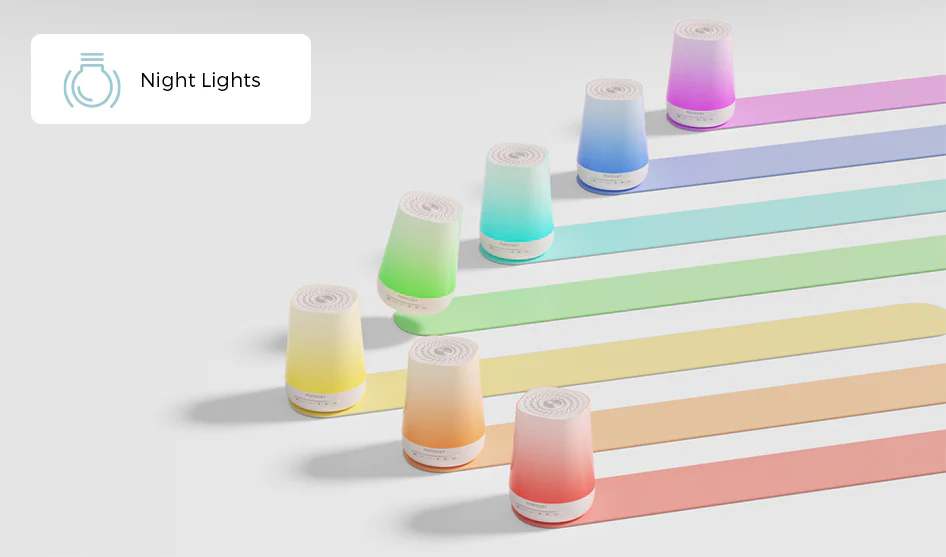Color plays a significant role in our daily lives, influencing our emotions and perceptions in ways we often overlook. Among the spectrum of colors, pink stands out as a hue that evokes a sense of calmness and warmth. This article delves into the psychology of pink, exploring how this color affects mood and social interactions.

Understanding the Color Pink
Pink is often associated with feelings of love, compassion, and nurturing. It is a softer version of red, which symbolizes passion and intensity. The gentle nature of pink can create a soothing atmosphere, making it a popular choice in environments aimed at promoting relaxation, such as nurseries and wellness centers.
Emotional Responses to Pink
How does the color pink influence our emotions? Research indicates that exposure to pink can lead to feelings of tranquility and comfort. For instance, studies have shown that individuals in pink environments often report lower levels of aggression and anxiety. This calming effect can be particularly beneficial in settings where stress reduction is essential.
- Calmness: Pink is known to reduce feelings of anger and aggression.
- Compassion: The color fosters a sense of empathy and understanding.
- Joy: Pink can evoke feelings of happiness and playfulness.
The Role of Pink in Social Interactions
In social contexts, pink can influence how we perceive others and how we are perceived. Wearing pink or surrounding ourselves with this color can create an inviting atmosphere, encouraging open communication and connection. Have you ever noticed how certain colors can change the dynamics of a conversation? Pink often promotes a sense of approachability and warmth.
Practical Applications of Pink
Incorporating pink into various aspects of life can yield positive outcomes. Here are some practical applications:
- Interior Design: Use pink in home decor to create a calming environment.
- Fashion Choices: Wearing pink can enhance feelings of confidence and approachability.
- Marketing Strategies: Brands often use pink to appeal to emotions and create a sense of trust.
Conclusion: Embracing the Power of Pink
In conclusion, the psychology of pink reveals its profound impact on mood and perception. By understanding how this color influences our emotions and social interactions, we can harness its power to create more positive environments. Whether through design, fashion, or personal expression, embracing pink can lead to enhanced well-being and connection with others. So, the next time you encounter this gentle hue, consider its potential to uplift and inspire.








